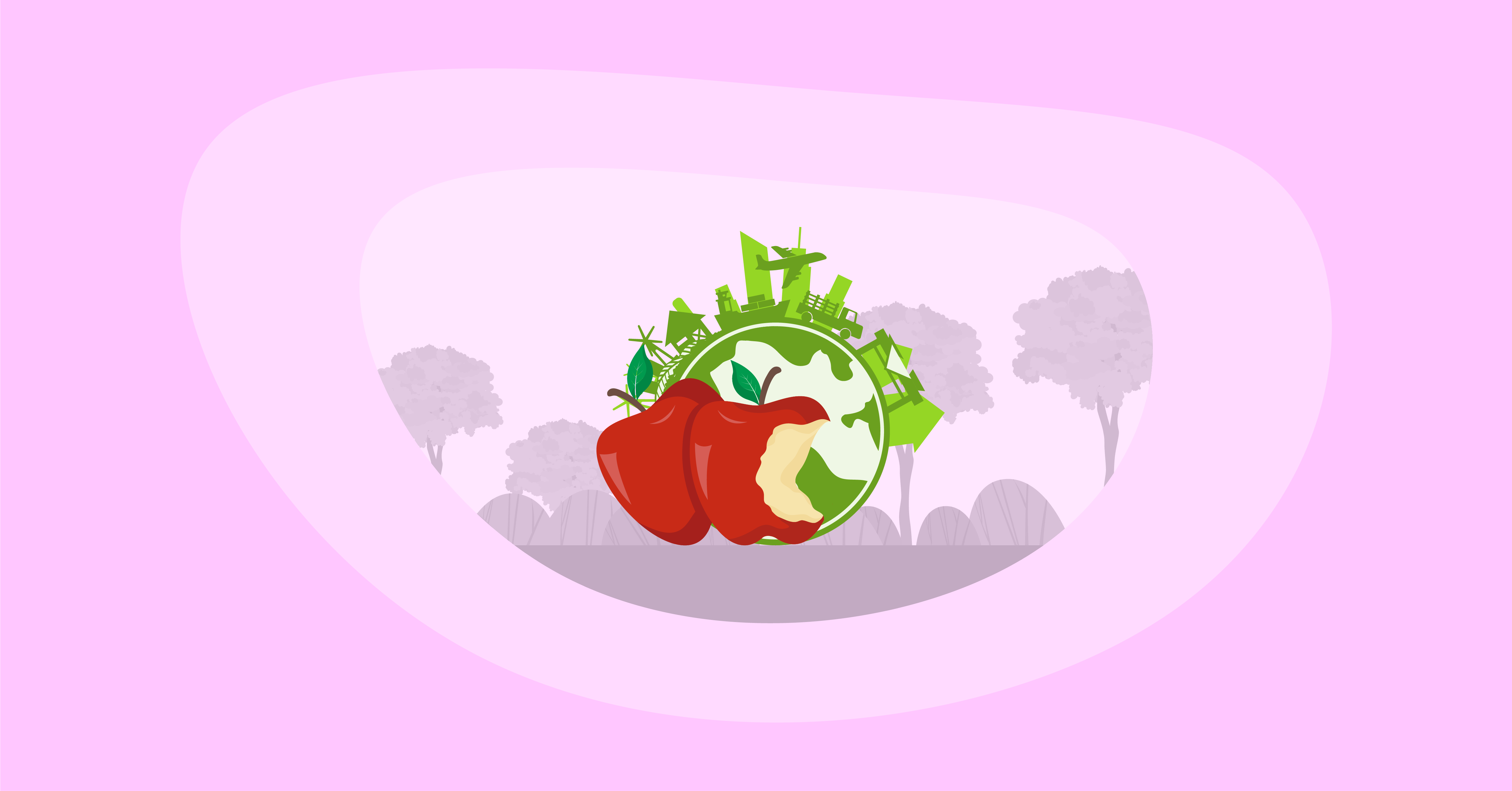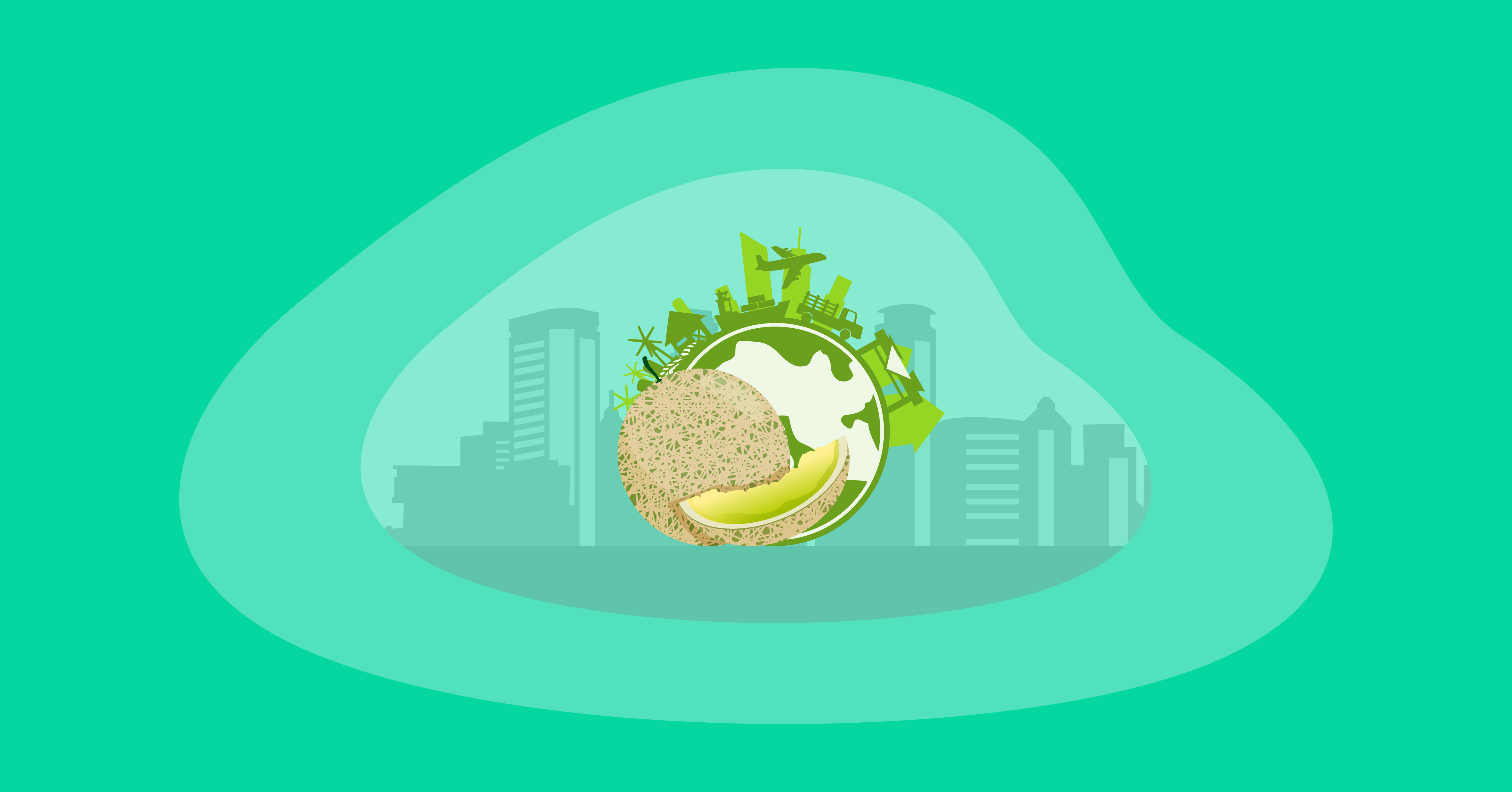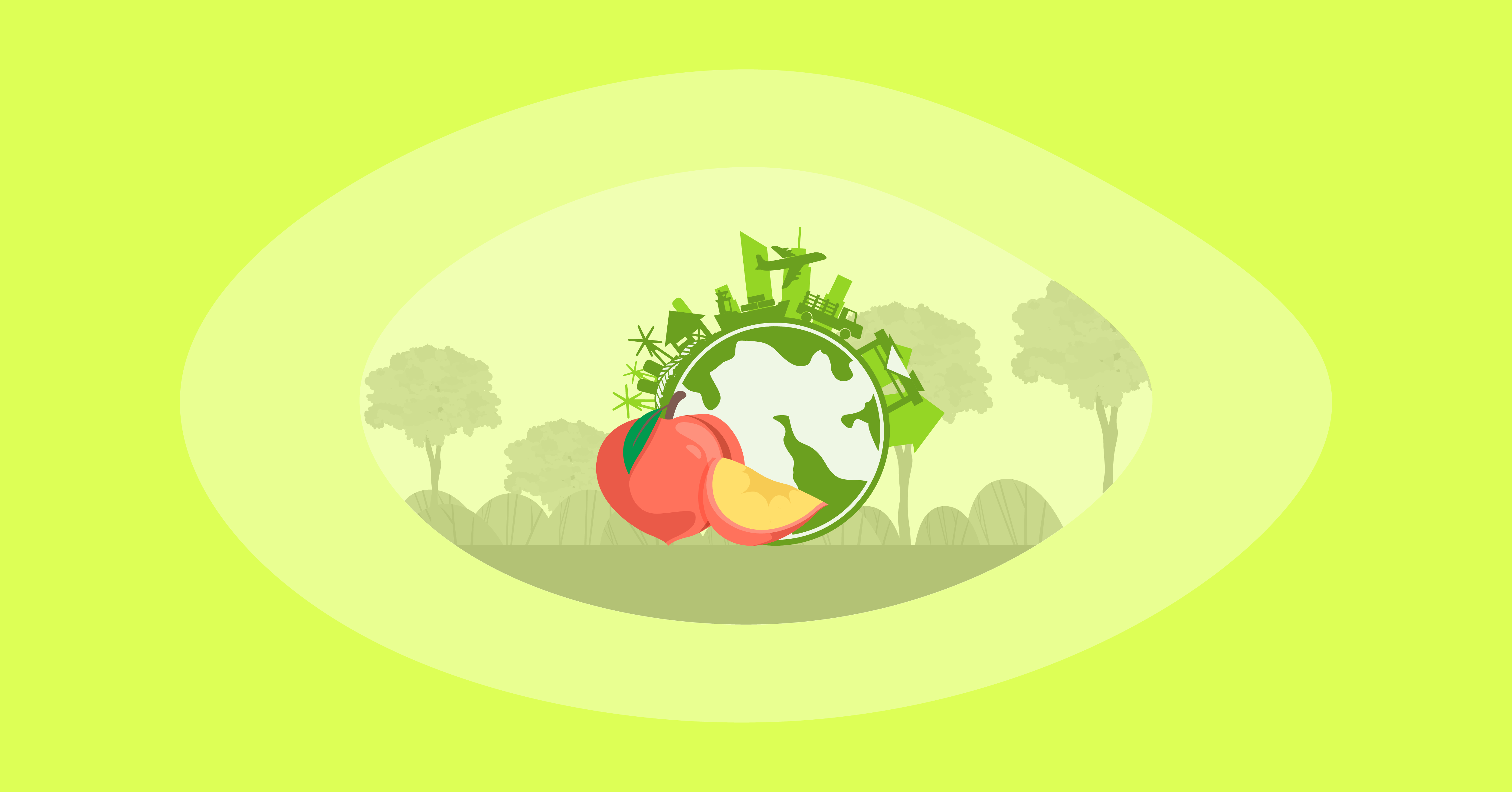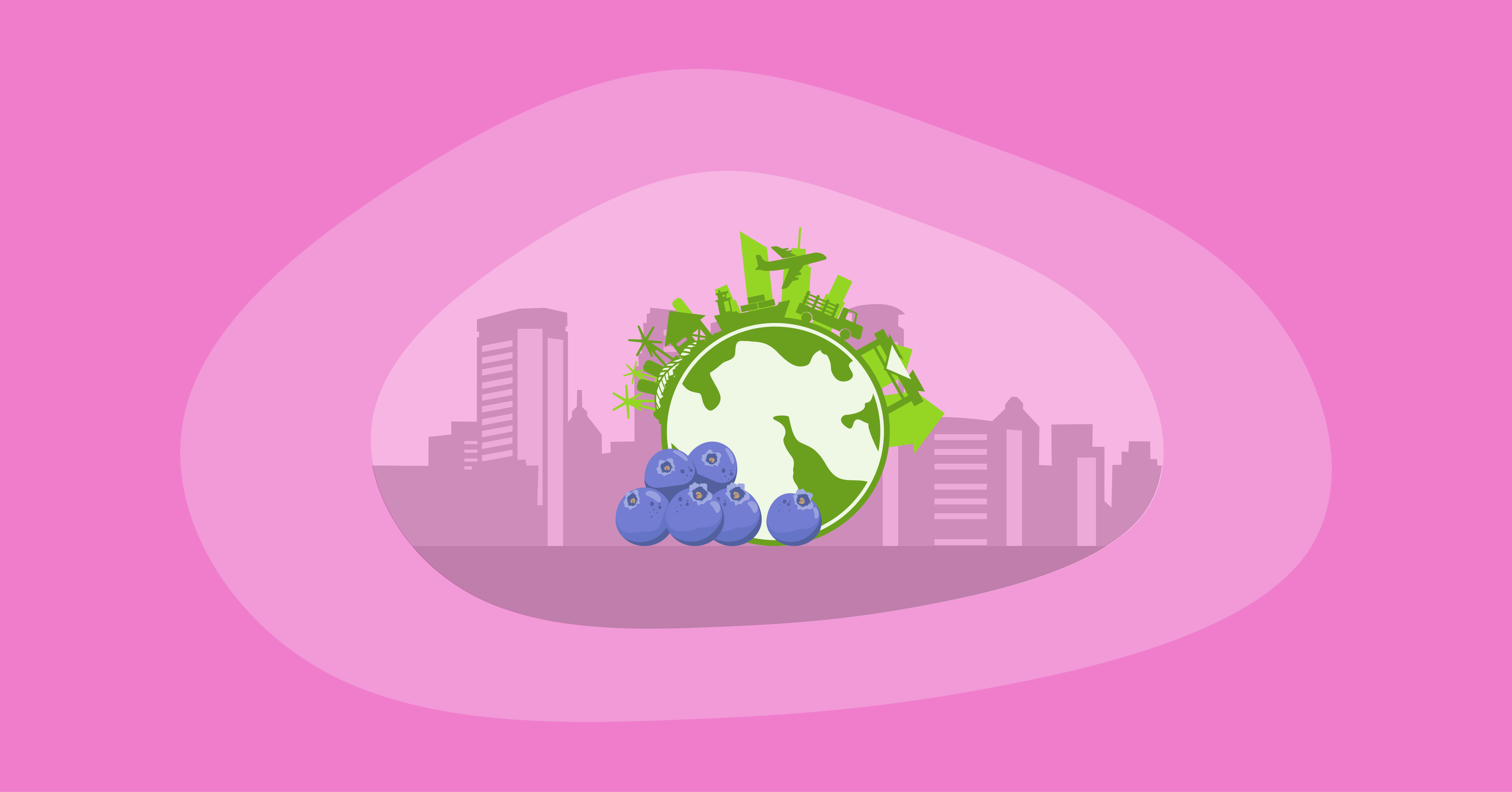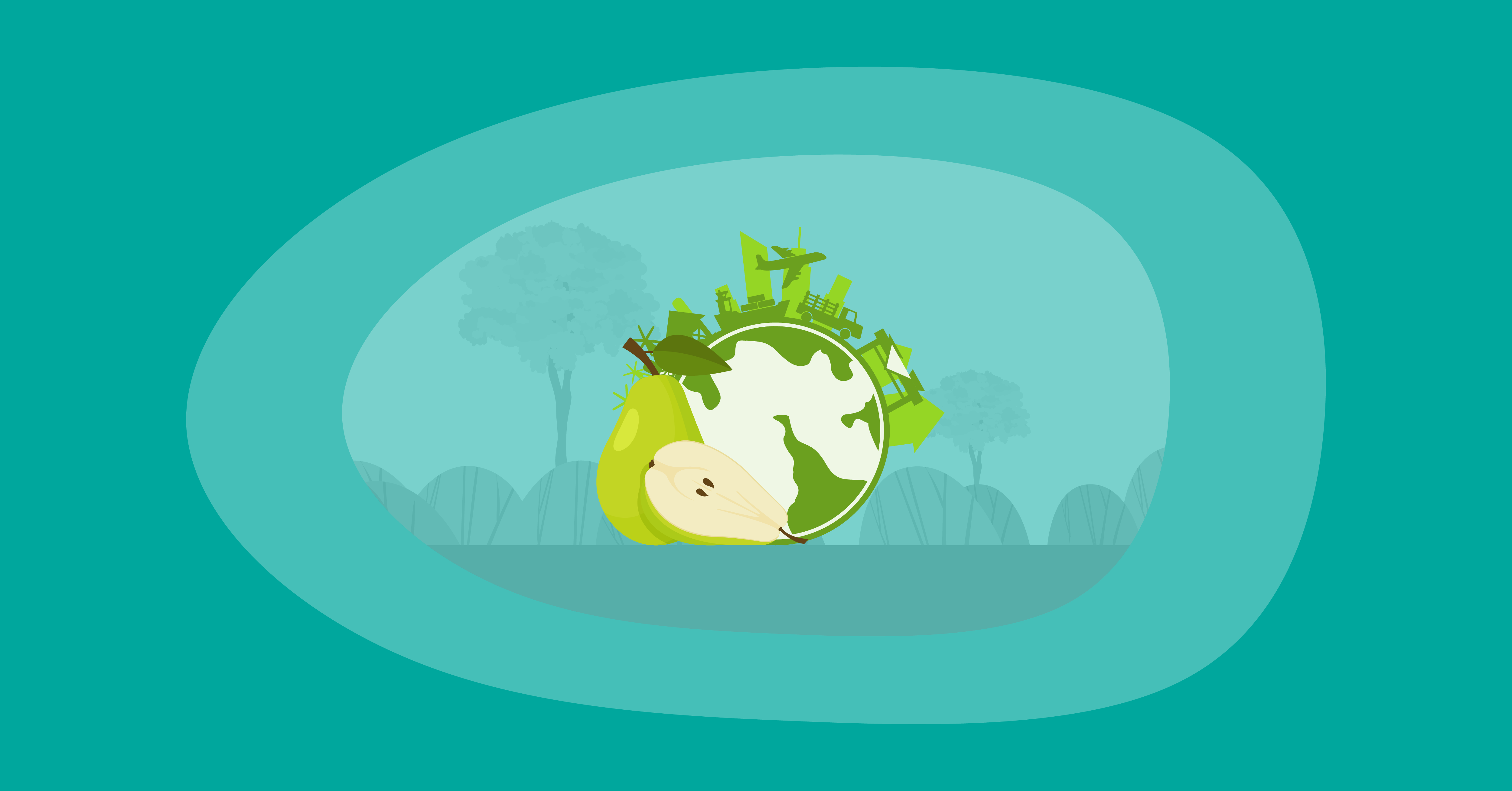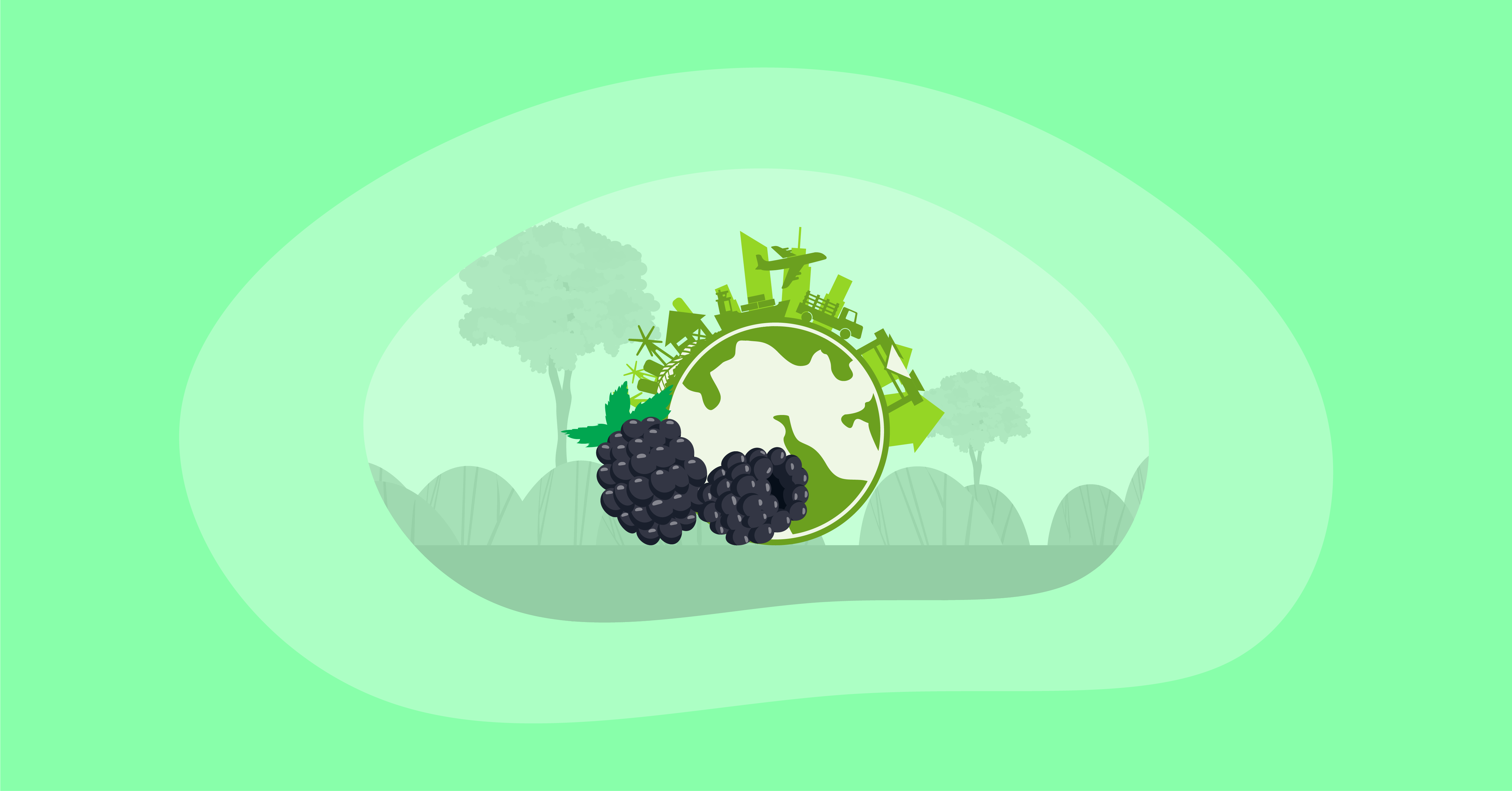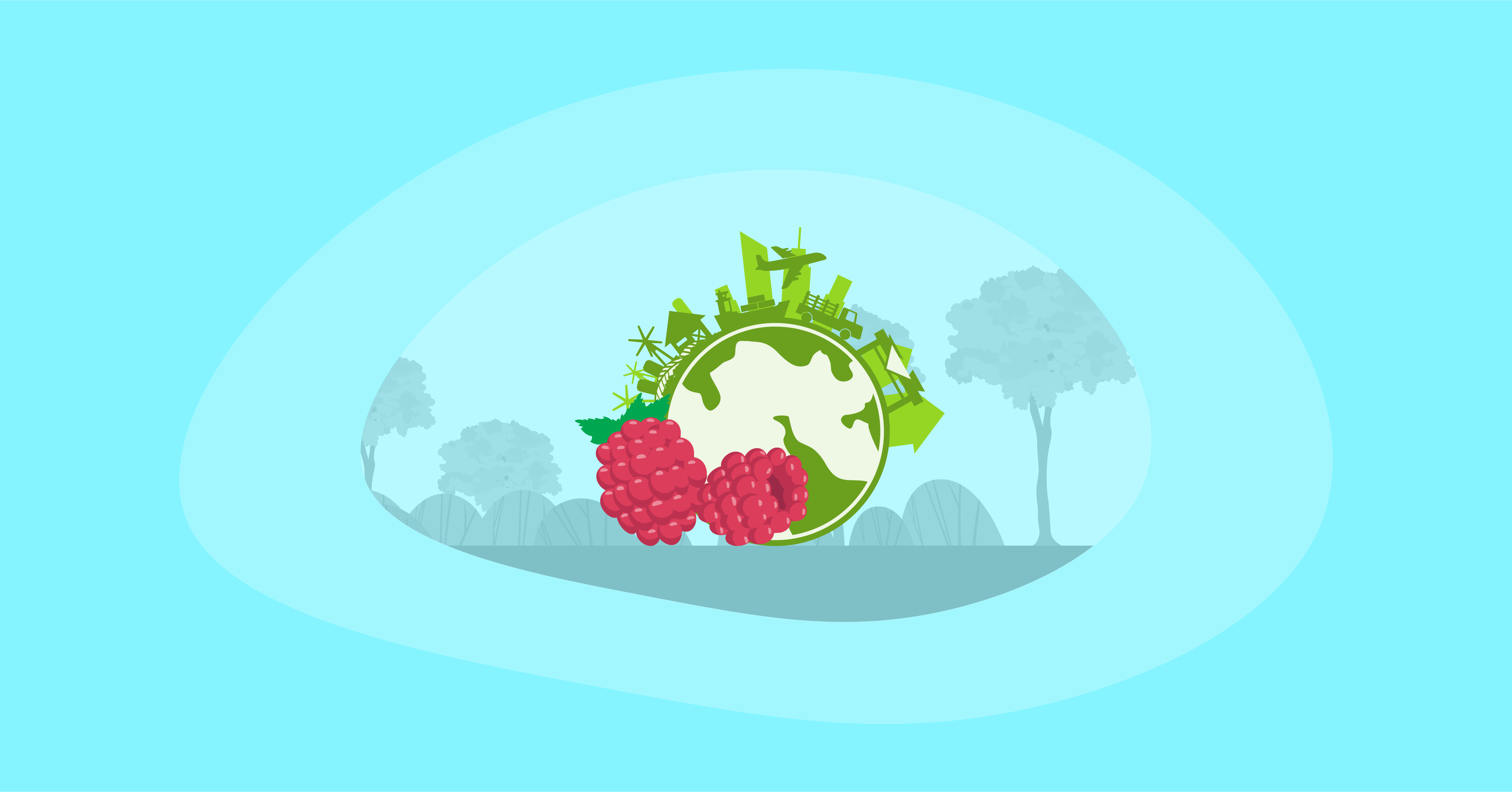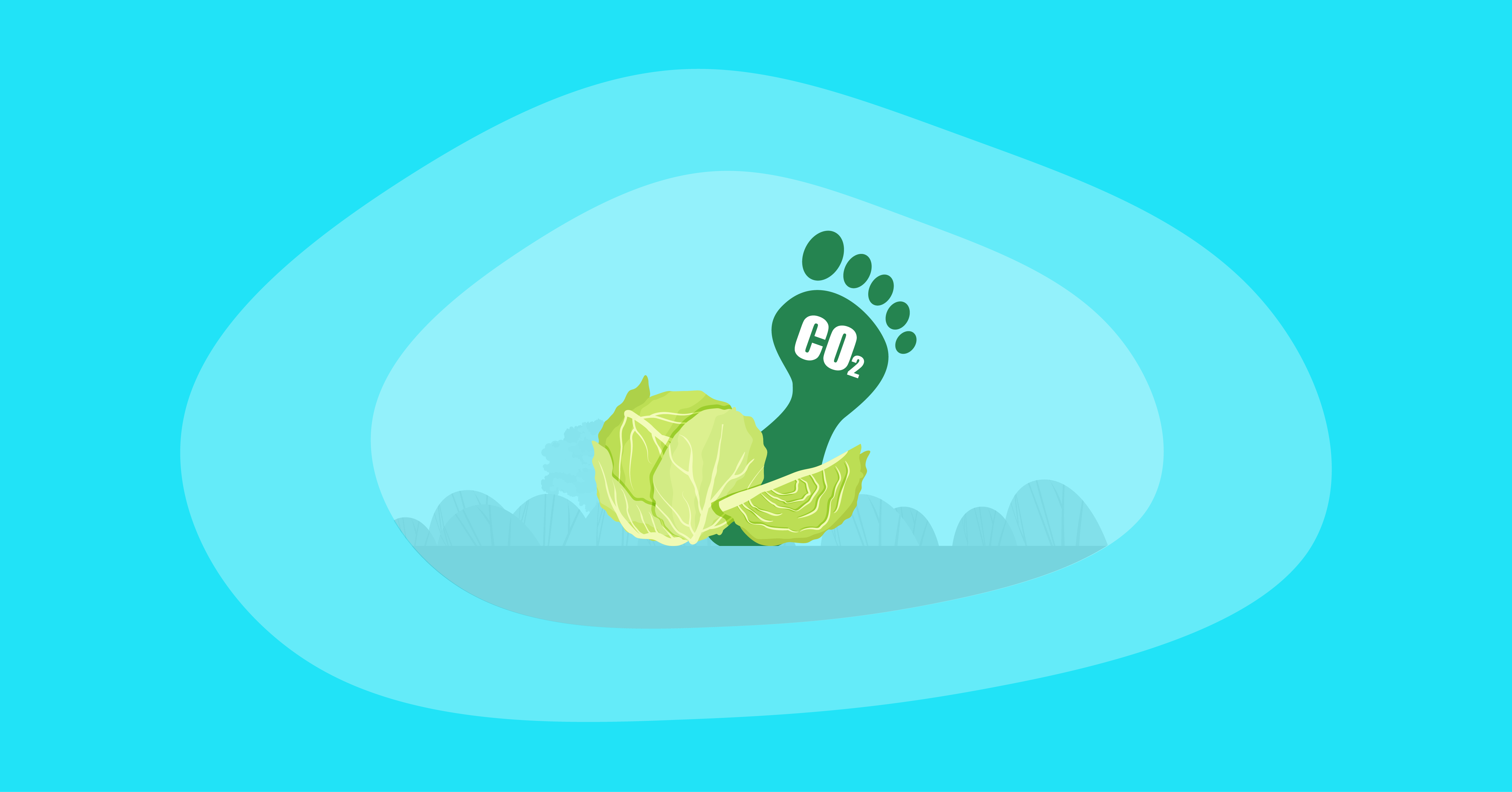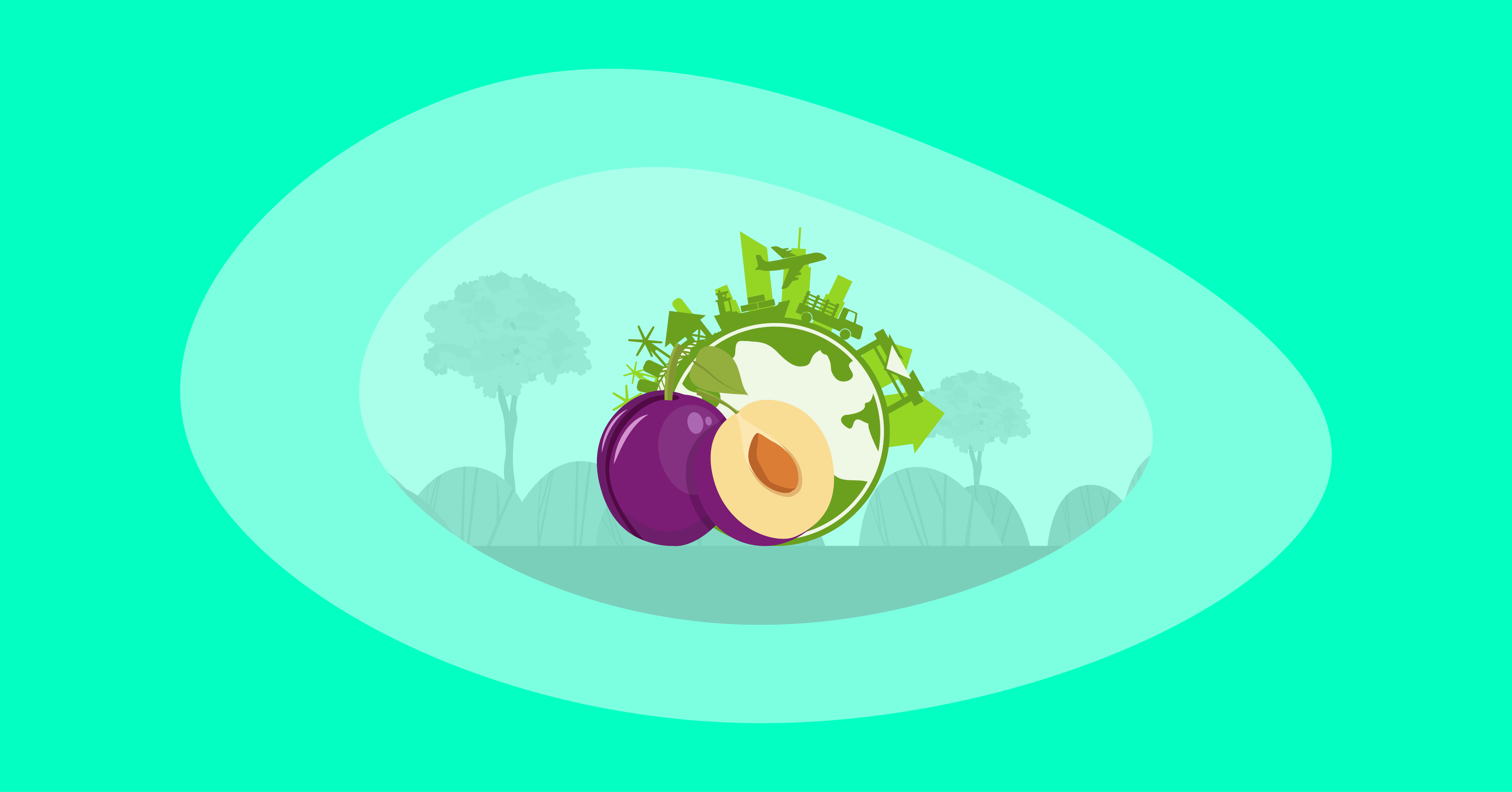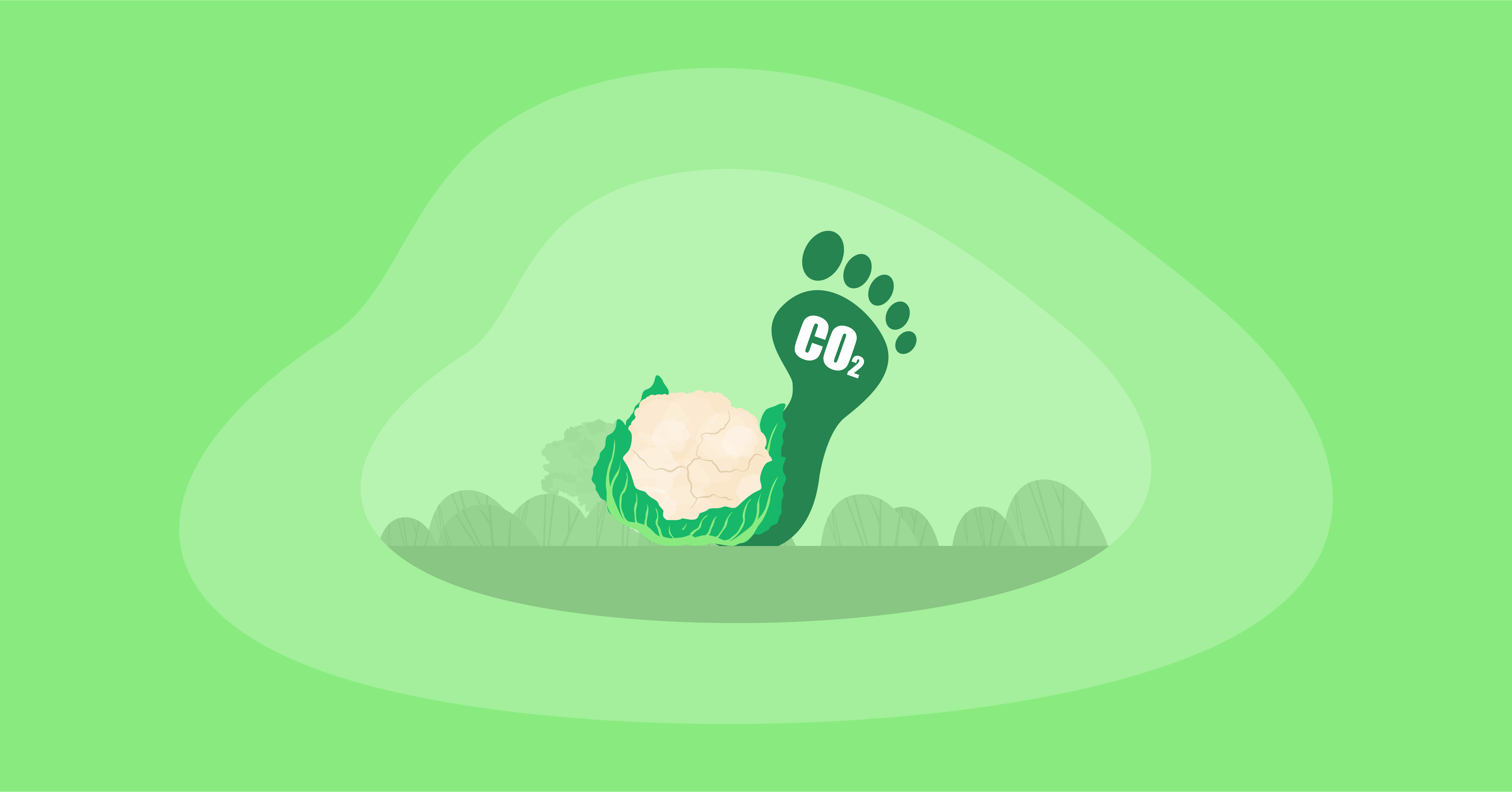The Environmental Impact of Apples: From Farm to Table
Apples are an incredibly popular fruit, with over 4.6 million tons being produced every year in the US alone. They are common in many different baked goods, such as pies and tarts, as well as salads and even roasts. In terms of nutrients, they pack a strong punch of protein and fiber, making them a perfect breakfast or snack. But apple production can also have some seriously detrimental impacts on the environment. So, we had to ask: What is the environmental impact of apples?
